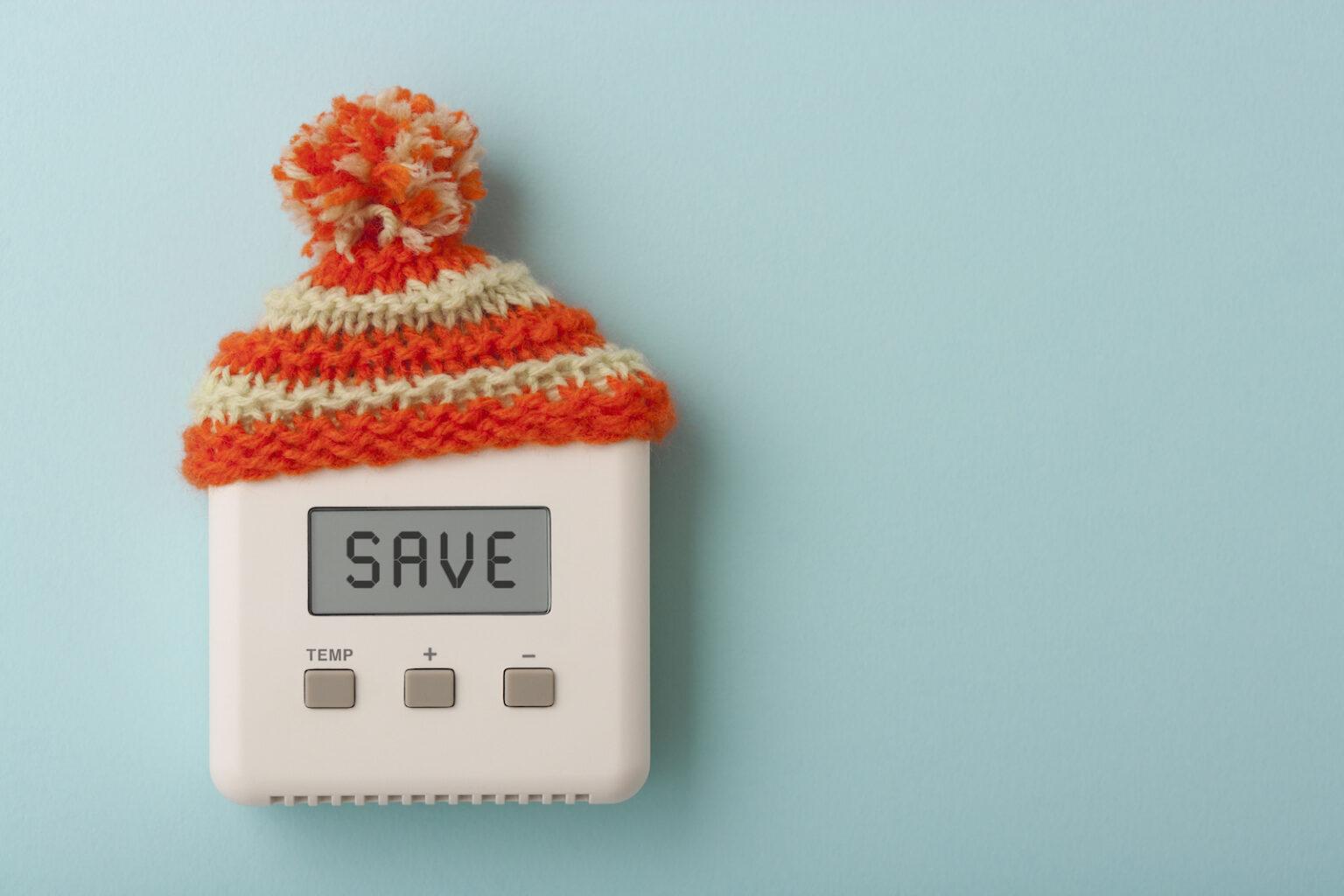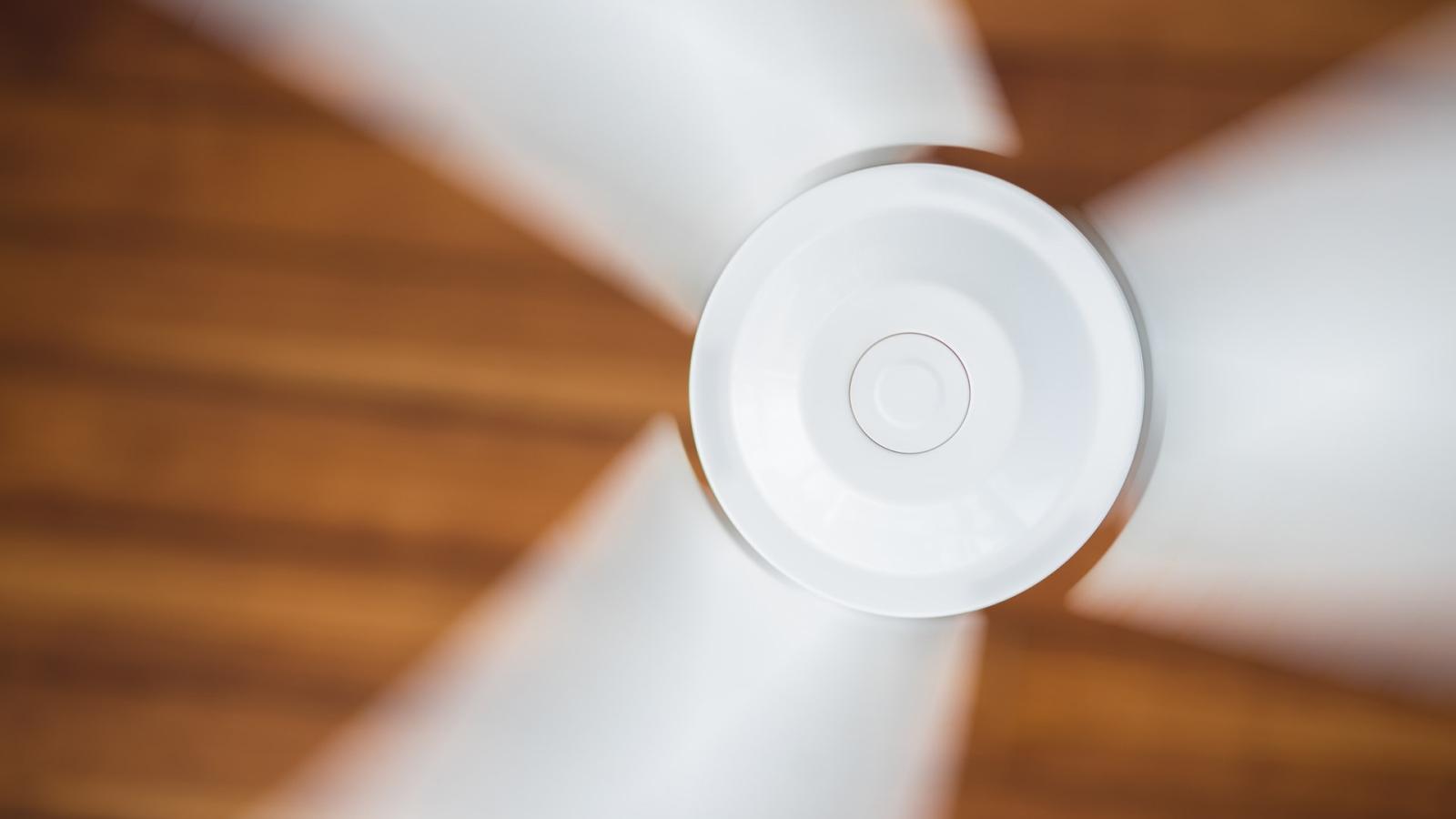7 Ways To Lower Heating Costs
Discover the secrets to a warm and cozy home this fall and winter, without breaking the bank. Unlock valuable tips to lower your heating bill while staying comfortably snug.
In cold winter months, there's nothing quite like the comfort of a warm and cozy home. However, the warmth you want comes at a cost - a hefty heating bill. But don't worry, there are practical ways to stay comfortable and lower heating costs, as well as tips on how to save on your heating bill so you don’t have to break the bank.
In this blog post, we'll explore some straightforward and effective strategies to help you lower your heating bill during the winter months. From easy adjustments to smart investments, we'll show you how to keep your home snug and your budget in check. Winter might be chilly, but it doesn't have to be costly.
Factors to Consider for Energy-Saving Heating
The cost of heating or cooling a home can vary significantly depending on several factors, including the climate of your location, the energy efficiency of your home, the type of heating and cooling systems you use, and your personal preferences and habits. Here are some key points to consider when trying to lower heating costs:
Household Heating Costs by Region
Heating costs can vary widely by region due to differences in climate and energy prices. In colder northern states, households often face higher heating bills than in warmer southern states. Generally, states in the Northeast and Midwest tend to have higher heating costs than states in the South and Southwest.
Average Heating Costs for Different Fuels
The cost of heating also depends on the type of fuel used. Natural gas has historically been one of the more affordable heating options while heating oil and electricity can be more expensive.
Household Size and Energy Efficiency
Larger homes with poor insulation or older, less efficient heating systems tend to have higher heating bills. Conversely, smaller, well-insulated homes with energy-efficient heating systems will likely have lower heating costs.
Energy Conservation Practices
Household heating bills are influenced by how people in the home use and conserve energy. Regular maintenance of heating systems, using programmable thermostats, sealing drafts, and practicing energy-saving habits can all impact the bill.
Changing Energy Prices
Heating costs can also be affected by changes in energy prices, which can vary yearly based on supply and demand factors, weather conditions, and geopolitical events.
How to Save on Your Heating Bill
We’ve pulled together a list of easy energy-saving heating tips, from simple tasks where you’ll see a difference right away to energy-efficient home upgrades that pay off year after year. According to Energy Star, in the average American household, almost half of the annual energy bill goes to heating and cooling — more than $900 yearly. Following these money-saving tips can really add up and have a big impact on lowering your heating bills.
1. Seal Leaks and Insulate
One of the most significant contributors to heat loss in your home is air leaks. Check for drafts around windows, doors, and any openings in your home's exterior. Use weatherstripping, caulk, or draft stoppers to seal gaps and prevent warm air from escaping. Proper insulation, especially in attics and walls, can also significantly reduce heat loss.
2. Upgrade Your Thermostat
Investing in a programmable or smart thermostat can be a game-changer. These devices allow you to set specific temperature schedules, optimizing your heating system's efficiency. Smart thermostats can even learn your preferences and adjust settings accordingly, saving energy when you're not at home.
Programmable thermostats
Programmable thermostats allow you to set various temperature preferences during the day for each day of the week. A good guideline for winter is to set it to about 68 — Fahrenheit (20 degrees Celsius) when you’re home and lower it (about 10-12 degrees Fahrenheit or 6-8 degrees Celsius) at night or when you’re away. As great as programmable thermostats are, they only work if you use them properly. If you constantly adjust the temperature — you’ll end up spending more, not less, on your energy bill.
Smart thermostats
If you haven’t already, consider upgrading to a connected, smart home thermostat. Truth is, even though they can, most people don’t use their programmable thermostats properly. Smart thermostats take the human element out of it. These next-gen thermostats do more than just keep your home warm and cozy all winter (which they do very well); they learn your patterns and automatically adjust the temperature for maximum efficiency and energy savings. You can program them remotely, get real-time performance alerts, and even hide that digital display with a screensaver of your choice. When connected, you can control lights, locks, and several other smart home appliances. Check out the Trane ComfortLink™ II XL1050, or ask your local Trane Dealer to recommend the best thermostat for your home.
3. Maintain Your Heating System
A well-maintained heating system operates more efficiently. Regularly change air filters, clean vents, and schedule annual professional inspections to ensure your heating system runs at its best. A clean and well-tuned system requires less energy to heat your home.
4. Bundle Up and Layer
Personal warmth doesn't solely depend on cranking up the heat. Dress warmly with cozy sweaters, socks, and blankets to stay comfortable at lower temperatures. Consider using area rugs and heavy curtains to insulate floors and windows, trapping warmth indoors.
5. Optimize Sunlight
Take advantage of natural heat from the sun during the daytime. Keep curtains and blinds open to let in sunlight, which can raise indoor temperatures without using any energy. Close them at night to trap heat inside.
6. Use Space Heaters Sparingly
While space heaters can be convenient for heating small areas, they can also consume a lot of electricity and contribute to rising utility bills. If you use them, do so selectively and turn them off when you leave the room. Ensure they are in good working condition and keep flammable objects at a safe distance.
7. Upgrade to Energy-Efficient Appliances
If your heating system or other home appliances are outdated, consider upgrading to energy-efficient models. Look for appliances with the ENERGY STAR label, which indicates they meet strict energy efficiency guidelines set by the Environmental Protection Agency. The majority of systems installed before 2006 are 10 SEER or lower. You can save up to 62% in energy costs with a more efficient system. Talk to a Trane Comfort Specialist about upgrading to an ultra-efficient Trane today.
8. Practice Zone Heating
Focus on heating the rooms you use the most rather than trying to maintain a consistent temperature throughout your entire home. This can be achieved by closing doors to unused rooms and using space heaters or a wood-burning stove if available.
Take this to the next level by having an HVAC professional install a climate zone system, like the Trane ComfortLink™ II Zoning System. Trane uses exclusive motorized modulating dampers inside your ductwork to open and close in partial increments. That means heated or cooled air is directed where it’s needed, providing maximum comfort where you want it most.
Contact a Local Trane Dealer to Lower Heating Costs This Winter
Your home heating and cooling system is a large portion of your home energy budget, but lowering your heating bill doesn't have to be a daunting task. By implementing these practical strategies, you can enjoy a cozy and comfortable home while also reducing your energy consumption and saving money.
Take the first step today and implement these tips to keep your home warm and your wallet happy during the colder months. If you want to really understand your home energy use — and get custom energy-saving solutions, talk to your local Trane Comfort Specialist and schedule an in-home energy evaluation.




